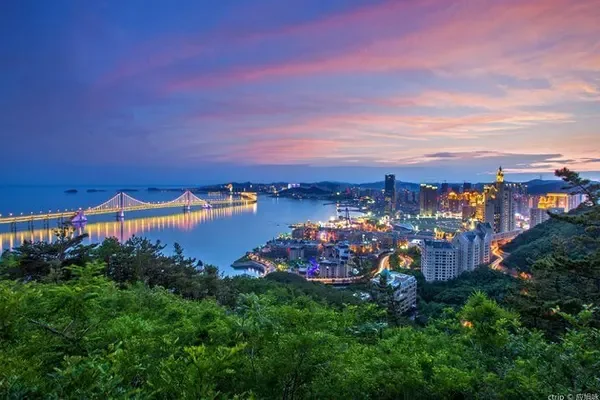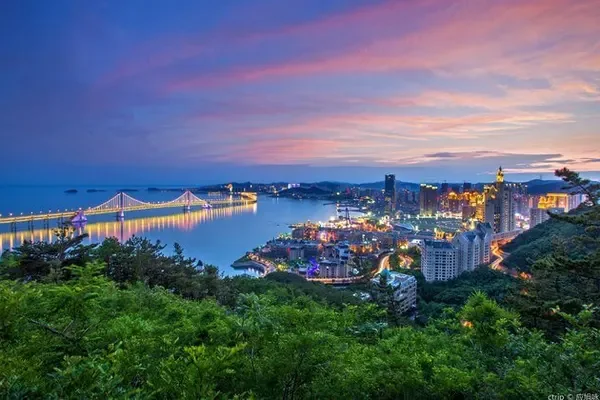The main forms of Tibetan traditional residential buildings include tents, dorms, and dry-wall buildings. Its characteristics are: the indoor space is relatively low, mostly less than 3 meters; the walls are thicker at the bottom and thinner at the top, the doors and windows are small, and the structure is stable; wooden frames are mostly used; the roofs are mostly flat.
Most buildings in Tibet are decorated with three colors, namely white, red and black. The materials of the three colors are also local materials such as white soil, red soil and black soil. The buildings in Tibet also reflect their values. The colors respectively represent the three gods in the sky, on the ground and underground, and bless them for safety.
The outer walls of Tibetan buildings are mostly white, which may be derived from a belief of the Tibetan people since ancient times. Just like the snow-capped mountains in Tibet are regarded as sacred and lofty, and the white hada in Tibet conveys the purest friendship. From a scientific point of view, modern science has proved that white can effectively reduce ultraviolet radiation, and white is a good protective color in plateau areas. This may be one of the reasons why white is commonly used in Tibetan architecture for a long time.


